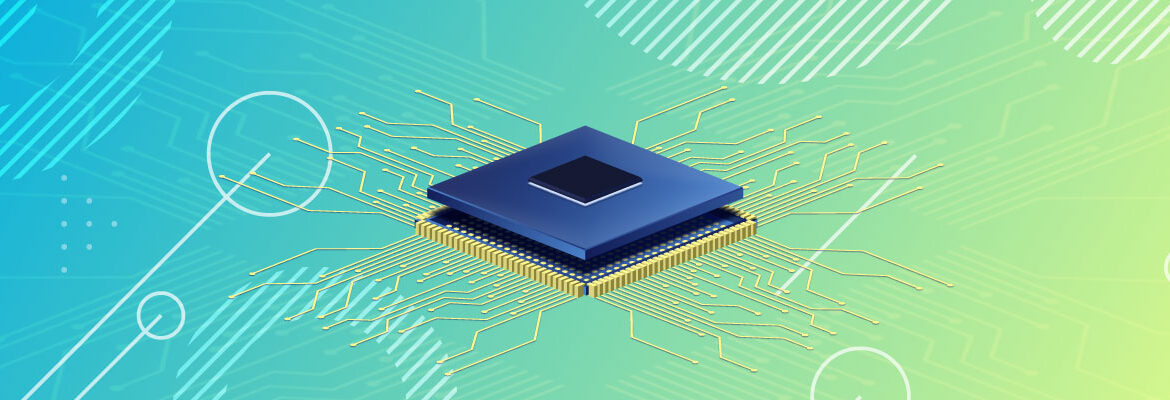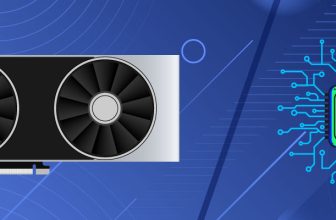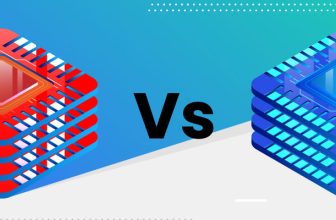CPU Cores vs Threads a Brief Explanation

What Is A CPU Core?
A CPU core is a hardware component and is called the ‘brain’ of a CPU. It is like a small CPU within the bigger CPU. The core can process all the computational jobs independently. It receives commands and performs the related operations or calculations.
How Does A CPU Core Work?
A CPU core works as an individual processing unit within the system’s processor. It obtains instructions from a single computing task, quickly processes that information as it works with the clock speed, and temporarily stores it in the RAM.
How Many Cores Can A CPU Have?
CPU can have from a single, two, to 18 cores. Some modern CPUs can have even up to 64 cores. A chip that has a single CPU or processing unit is called a single-core processor. A microprocessor is a single-core processor. A processor that has two or more separate units for processing on a single chip is called a multi-core processor. It can be dual-core, quad-core, Hexa-core, octa-core, etc., depending on the number of cores it has.
Advantages Of Multi-Core Processor
- A multi-core processor can complete more tasks and perform better than a single-core processor with the same speed.
- It can process more information than a single-core processor while consuming less energy
- It is ideal for multi-threading applications.
- It can run multiple simultaneous processes easily.
- It enhances the performance while you multitask or use demanding applications.
- The communication time with cache and RAM is less as multiple cores are present on the same chip. Data access is faster.
- The printed circuit board (PCB) needs less space when a multicore processor is used.
What Is A Thread?
What Is Single-Threading And Multithreading?
How Does Multithreading Work?
Differences Between Cores And Threads
- Core is a physical hardware component whereas thread is the virtual component that manages the tasks of the core.
- Cores enable completion of more work at a time, while threads enhance computational speed and throughput.
- Cores use content switching but threads use multiple processors for executing different processes.
- Cores require only a single unit of processing; threads require multiple processing units for task execution.
- Cores consume more power with an increase in load whereas threads can coordinate with the OS and kernels for an effective running of multiple concurrent processes.





